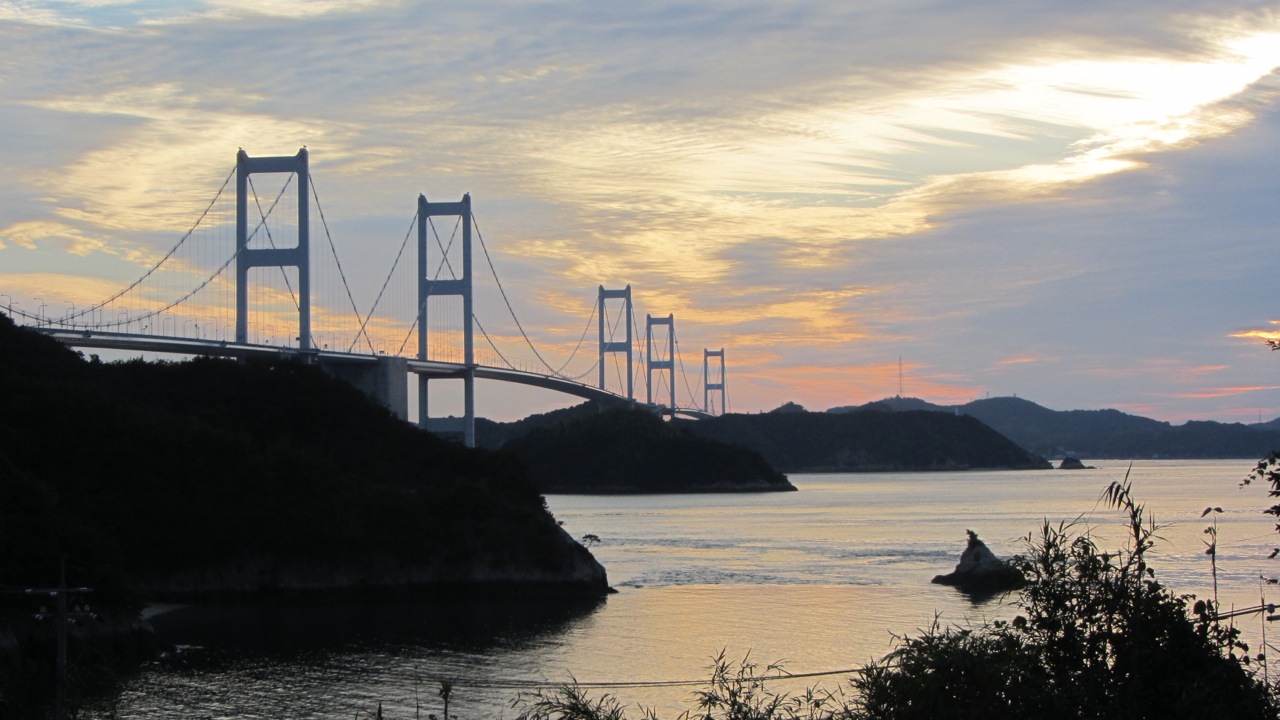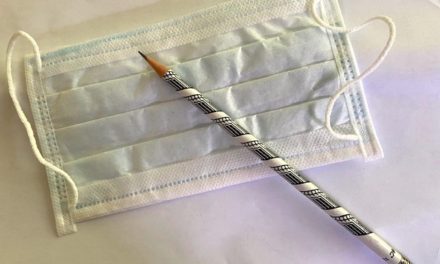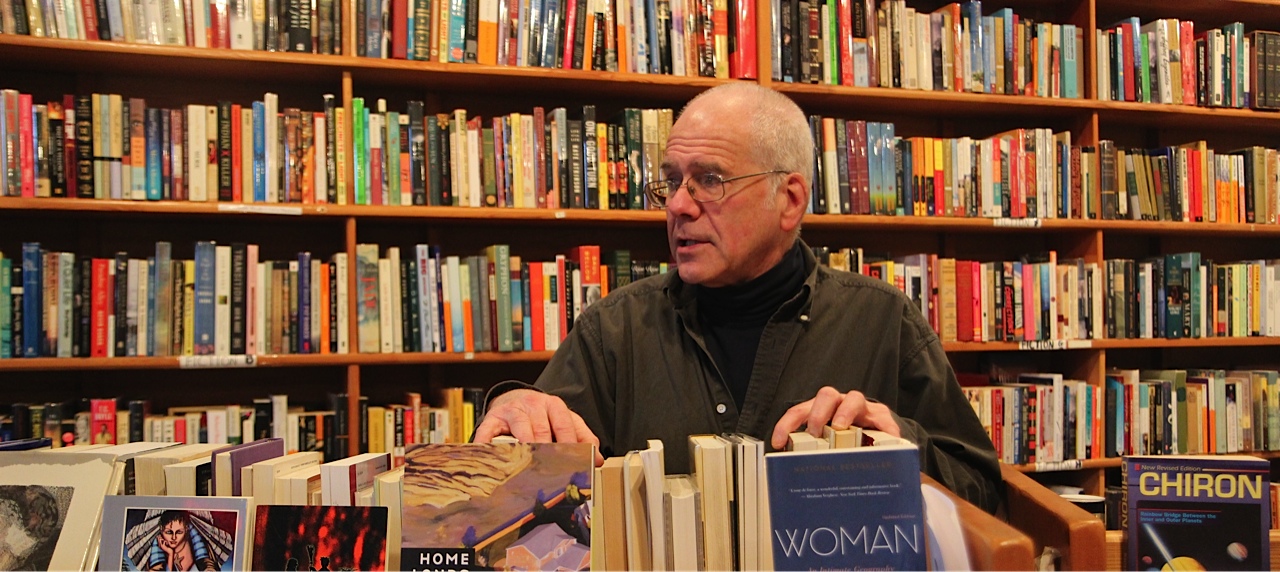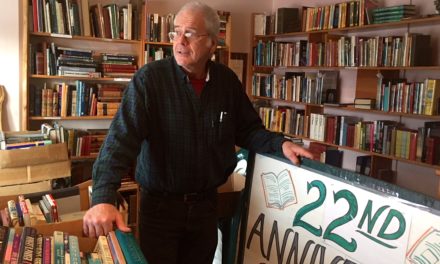By Randi Bjornstad
Except for a couple of stints during childhood — one year at age 4 and two at age 11 — Eugene author Ruthy Kanagy spent her entire childhood growing up in Japan.
That experience gave her a lifelong respect for the topography, culture and people of Japan that led her to write a guidebook — “Living Abroad in Japan” — published by Moon Handbooks and already in its third edition.

Ruthy Kanagy leads bicycle tours throughout Japan, here at Shikoku
In addition, Kanagy has parlayed her lifelong love of the outdoors in general and bicycling in particular into an avocation as a tour guide, shepherding small groups of six to 10 riders on 10-day bike tours through various parts of Japan.
The next tour, on the calendar for late April 2017, includes visits to Kyoto’s ancient temples as well as a ride among the Seto Inland Sea Islands, Japan’s equivalent of Washington State’s fabled San Juan chain.
“I thank my lucky stars that when my parents were choosing a place to live overseas, they chose Japan,” Kanagy said. “They were Mennonite missionaries who spent a total of 23 years there. My mother is 94 years old, and she still reads a chapter of the Bible every day, first in English and then in Japanese, to keep up her language skills.”
Growing up between cultures
Kanagy was born in 1952, several months after her parents had arrived in Japan by ship and set up housekeeping in Tokyo.
“The reason they went there was that some students had come to the United States from Japan after World War II ended and said that they needed young people back home to help people heal emotionally and physically and to rebuild the country,” she said. “My parents wanted to be part of that. They want to learn the language and also start a school there for the children after all the devastation of the war.”
After two years in Tokyo, her family went to Hokkaido, Japan’s most northernmost island, which Kanagy describes as “kind of the Alaska of Japan.”

Mt. Asahi on Hokkaido, Japan’s northernmost island, where Ruthy Kanaga spent much of her childhood
“Even the Japanese people see Hokkaido almost as a foreign country,” she said. “It has lots of trees and sheep and wide open areas — it really reminds me of the Willamette Valley. In fact, if I go to Florence and point due west, I’m even with Hokkaido, where I grew up. Nowhere else in the United States ever felt like ‘home’ to me until I came to Oregon.”
Her two stays in the eastern U.S. during childhood were “like little slices of American culture, but in between there wasn’t much,” Kanagy said.
“In our home in Japan we spoke English, but we spoke Japanese everywhere else,” she recalled. “When we came back to the United States, for my parents it was like coming home, but for me it was a foreign culture — I didn’t know anything about American movies or hot dogs and root beer or rollerskating waitresses at the drive-in. When we went back, it was like going home for me.”
As a young child in their small town in Hokkaido, she was always accepted by the Japanese people, “but I wanted to be like them — I wished I looked Japanese,” Kanagy said.
At the same time, being an American in Japan could elicit very different responses at different times.
“It was odd — sometimes you would be put on a pedestal, and other times you might be excluded” because you weren’t really Japanese, she said, but in a way she felt the same way in the United States.
“I felt like a minority here even though I looked like everyone else,” Kanagy said. “When I came back for school, because of all the time I had spent in Japan I felt like an international student.”
Continued attraction
At 18, Kanagy returned to the United States for college, graduating from Eastern Mennonite in Virginia before doing a master’s degree in Asian Studies at the University of Michigan.
“When I first started my undergraduate years, I felt like an international student and then when I did my junior year abroad in Japan, I felt that way again,” she recalled. “By then I wasn’t a child any more, and I realized I didn’t really speak ‘adult’ Japanese, so that was another real adjustment. But graduate school was wonderful — I met so many people who were so interested in Asian culture, as I was.”
After she married, Kanagy and her husband spent four years in Hokkaido and a year in Tokyo, where she taught English before returning to the University of Pennsylvania to do a Ph.D. in education linguistics, with an emphasis on second-language learning, after which she was offered a faculty position at the University of Oregon. She later spent three years in Tokyo with the National Language Research Institute, which led to her career change into guidebook writing and tour guiding.
“When I went back to Tokyo, I took a bike I bought here in Eugene at Bike Friday,” a manufacturer of folding travel bicycles, “and it was a wonderful way to get around,” Kanagy said. “When I got back in 2003, I went to Bike Friday and asked if they would be interested in me marketing and selling their custom products in Asia.”

Ruthy Kanagy’s guidebook, “Living Abroad in Japan,” offers tips for international visitors to live successfully in Japan
She retired from Bike Friday after 12 years, by which time she already had contracted with Moon Handbooks and published her “Living Abroad in Japan” books in 2004, 2008 and 2013, with each new edition updated regarding history, government, economy and the mechanics of living successfully as an international visitor in Japan. A fourth edition will be available in late 2017 or 2018.
While working on that, Kanagy continues to conduct bicycle tours of various areas in Japan.
“Most of my clients are retired, in their 50s, 60s or above,” she said. “We generally ride 20 to 40 miles a day, and there is a truck to carry the riders’ luggage from one stop to the next. Almost everywhere in Japan, there is food, rest stops and convenience stores, as well as a lot of wonderful cultural experiences and beautiful scenery.”
It helps if people have done bicycle touring before, but it’s not required, Kanagy said.
“People simply need to be in good health, able to care for their own bicycles and have the stamina to make the daily rides,” she said. “We stay in nice hotels, and I take care of all the arrangements.”
Contact Ruthy Kanagy
Email: dosankoorusu@yahoo.com
Website: livingabroadinjapan.com
Tour information: Japancycletours.com
Book information: “Living Abroad in Japan,” Moon Handbooks, 328 pages, $19.99 paperback; available from local bookstores; information online at bit.ly/2h1UgDa












